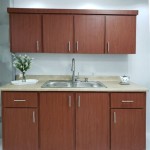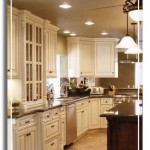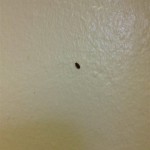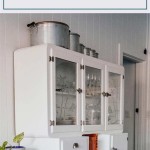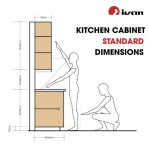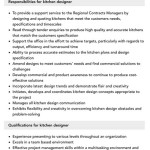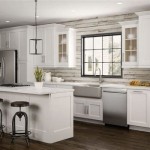Essential Aspects of Trim for Kitchen Cabinets
Trim is an often-overlooked element of kitchen cabinetry, yet it significantly enhances the look, functionality, and durability of your kitchen. Here are some essential aspects to consider when selecting trim for your kitchen cabinets.
1. Types of Trim
Various types of trim are available, each with its unique aesthetic and functional qualities. Here are some common options:
Moldings: Decorative moldings add depth and character to cabinets. They can be applied around the edges of doors and drawers, or as a crown at the top of cabinets.
Fascia Boards: Also known as valances, fascia boards cover the gap between cabinets and the ceiling, creating a finished look.
Toe Kick Plates: These cover the base of cabinets, concealing the gap between the floor and the cabinets and providing protection from dirt and moisture.
2. Material
Trim can be made from different materials, such as:
Wood: Natural wood trim is durable and elegant, and available in various species and finishes to match your kitchen's style.
MDF (Medium-Density Fiberboard): MDF trim is a cost-effective alternative to wood, and can be painted or stained to match the cabinets.
Plastic: Plastic trim is durable and moisture-resistant, suitable for areas like under sinks.
3. Finish
The finish of the trim can complement or contrast the cabinetry. Consider the following options:
Painted: Painted trim is a versatile choice, available in any color to match your kitchen's decor.
Stained: Stained trim emphasizes the natural beauty of the wood grain, adding warmth and character to the kitchen.
Laminate: Laminate trim is a durable and scratch-resistant option, available in various colors and patterns.
4. Functionality
Trim not only enhances aesthetics but also serves functional purposes:
Conceals Gaps: Trim covers gaps between cabinets, the ceiling, and the floor, creating a seamless and finished look.
Protects Cabinets: Toe kick plates protect the base of cabinets from dirt, moisture, and impact.
Adds Character: Decorative moldings add depth and visual interest to kitchen cabinets.
5. Installation
Proper installation is crucial for the longevity and aesthetics of the trim. Consider the following tips:
Use Adhesive: Adhesive is a common method for attaching trim to cabinets. Ensure you use the appropriate adhesive for the material.
Use Nails or Screws: For heavier or thicker trim, nails or screws provide additional support.
Mitered Joints: For a professional finish, cut the trim at a 45-degree angle to create mitered joints at corners.

Adding Crown Molding To Kitchen Cabinets Young House Love

Adding Wood Trim To Kitchen Cabinets

Adding Moldings To Your Kitchen Cabinets Remodelando La Casa

How To Add Trim And Paint Your Laminate Cabinets

11 Kitchen Cabinet Crown Molding Ideas For Your

9 Molding Types To Raise The Bar On Your Kitchen Cabinetry

Diy Kitchen Cabinet Upgrade With Paint And Crown Molding

3 Ways To Enhance Your Kitchen With Crown Molding

How To Add Trim And Paint Your Laminate Cabinets

10 Types Of Kitchen Cabinet Molding For Your Home












